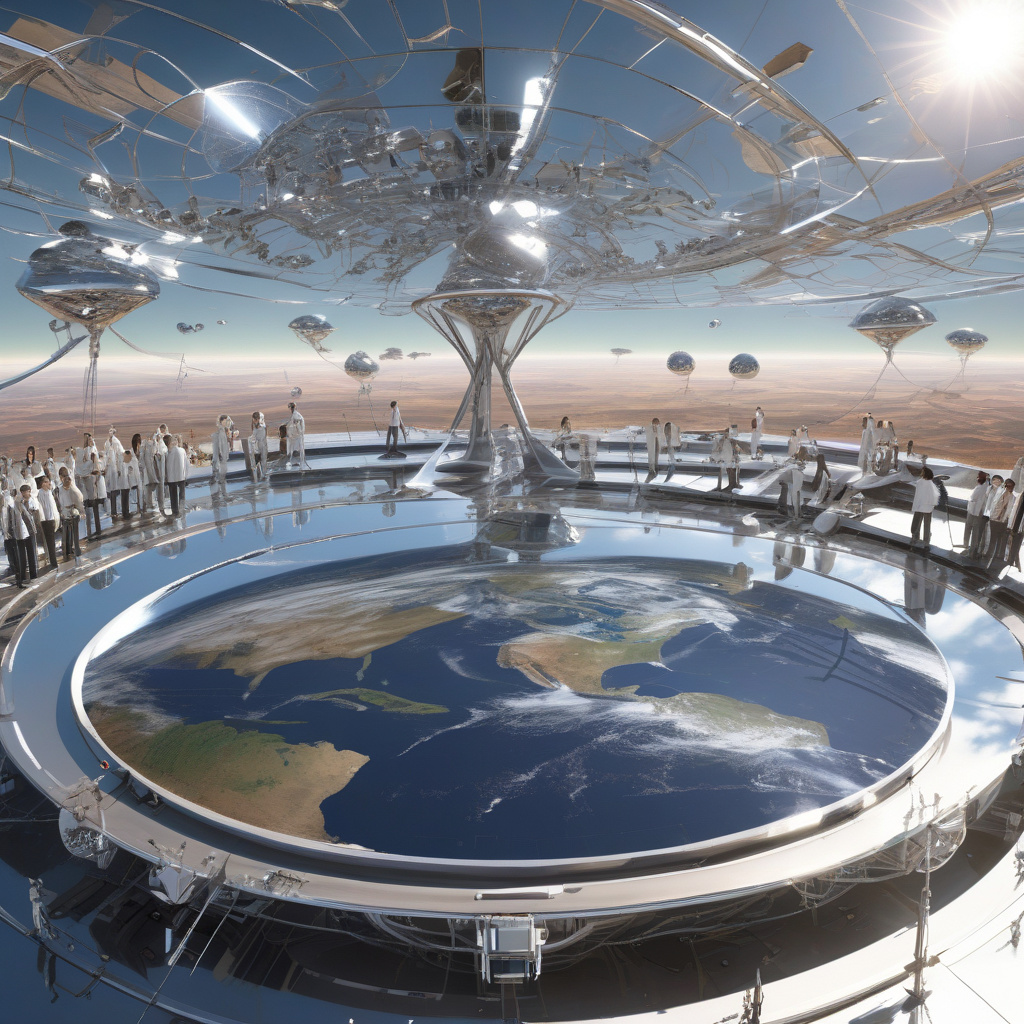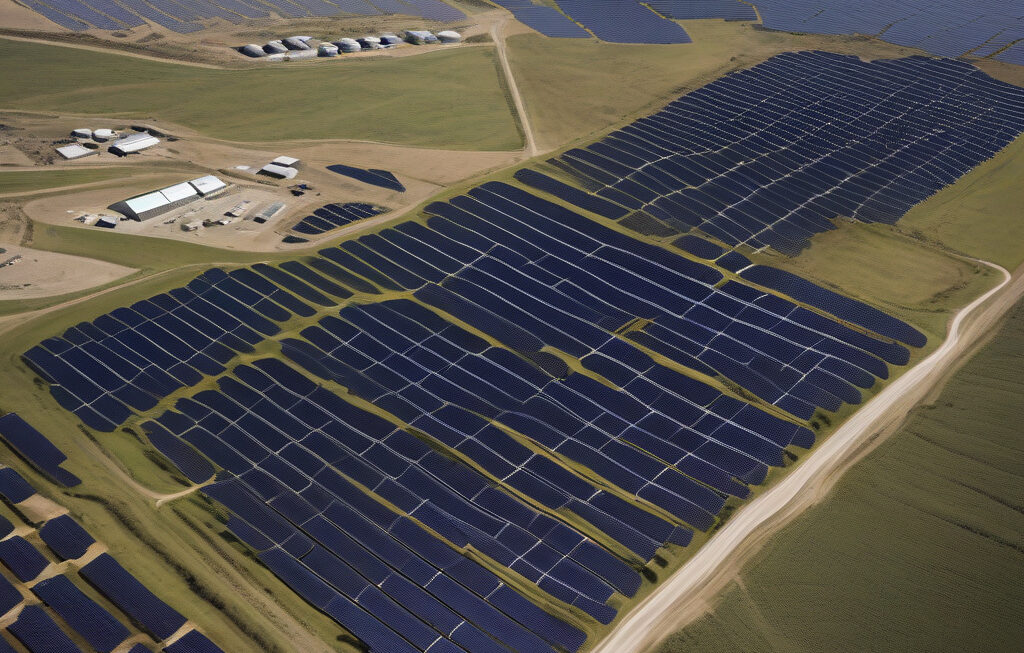Solar Power from Space Mirrors: A Revolutionary Energy Solution or Cause for Concern?
An ambitious proposal by US startup Reflect Orbital has astronomers and environmentalists deeply concerned. The startup plans to launch a fleet of space mirrors into orbit to reflect sunlight onto solar panels on Earth, providing a continuous source of clean energy. While this idea sounds like something out of a science fiction novel, the implications of such a project are vast and potentially game-changing in the world of renewable energy.
Advocates of the space mirrors project tout its potential to revolutionize the way we harness solar power. By capturing solar energy in space and beaming it down to Earth, we could potentially overcome many of the limitations that currently hinder the widespread adoption of solar power. For instance, space-based solar power systems could operate 24/7, regardless of weather conditions or the time of day, providing a more reliable source of renewable energy.
Furthermore, space mirrors could potentially generate significantly more energy than traditional solar panels on Earth. The lack of atmospheric interference in space means that these mirrors could capture sunlight more efficiently, leading to higher energy yields. This increased energy production could help to meet the growing global demand for clean energy and reduce our reliance on fossil fuels.
However, not everyone is on board with the idea of space mirrors beaming solar power down to Earth. Astronomers have raised concerns about the potential impact of these mirrors on observations of the night sky. The reflected sunlight could interfere with astronomical observations, making it more difficult to study the stars and planets. This interference could have significant implications for our understanding of the universe and could hinder scientific research.
Environmentalists are also worried about the potential risks associated with space-based solar power. The deployment of a large number of space mirrors into orbit raises questions about space debris and the long-term sustainability of such a project. If these mirrors were to malfunction or collide with other objects in space, they could create a significant amount of space junk, posing risks to other satellites and spacecraft.
Despite these concerns, the concept of space mirrors beaming solar power down to Earth remains an intriguing possibility in the realm of renewable energy. As technology continues to advance, it will be crucial to weigh the potential benefits of such a project against the risks and challenges it presents. Finding a balance between innovation and environmental responsibility will be key to determining the future of space-based solar power.
In conclusion, the idea of harnessing solar power from space mirrors has the potential to revolutionize the way we think about renewable energy. However, it is essential to proceed with caution and consider the concerns raised by astronomers and environmentalists. By addressing these issues thoughtfully and responsibly, we may unlock a new era of clean, sustainable energy for generations to come.
solarpower, spacemirrors, renewableenergy, environmentalconcerns, technologicalinnovation












